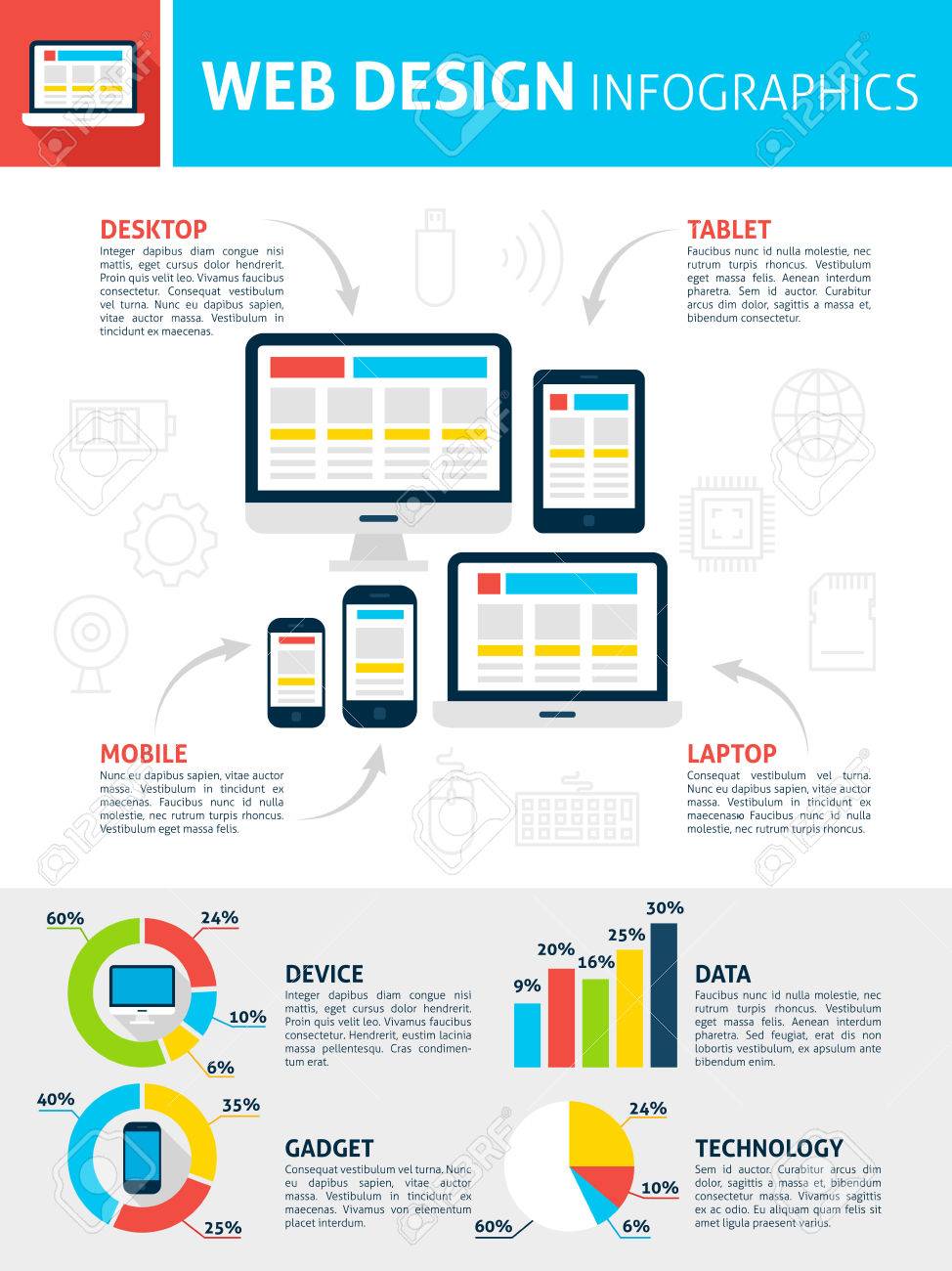The Evolution Of Site Design: From Past To Present
The Evolution Of Site Design: From Past To Present
Blog Article
Produced By-Bradshaw Molina
In the past, web sites were straightforward and concentrated on details. Navigation was direct, and design was for desktops. Currently, customer experience is essential. Information overviews layouts for easy navigation. Receptive layouts fit different devices. Today, dark mode lowers pressure, and minimal food selections boost navigation. Interactive features involve users, and vibrant visuals stand out. AI assimilation boosts interaction. See just how layout has actually developed to boost your online journey.
Early Days of Web Design
In the very early days of website design, simpleness reigned supreme. Websites were standard, with limited colors, font styles, and layouts. https://www.google.com/maps/place/Moon+and+Owl+Marketing/@32.9757271,-106.5344695,1840583m/data=!3m1!1e3!4m6!3m5!1s0x864ddeaa4179705b:0x488d41d2cc6b9750!8m2!3d32.9757271!4d-97.5696258!16s%2Fg%2F11b6mpccrg?entry=ttu&g_ep=EgoyMDI1MDIxMS4wIKXMDSoJLDEwMjExNDUzSAFQAw%3D%3D was on providing info rather than showy visuals. Individuals accessed the internet via slow dial-up links, so speed and capability were vital.
Navigation food selections were straightforward, normally situated on top or side of the page. Sites were developed for desktop, as mobile browsing had not been yet common. Content was king, and designers focused on easy readability over complex design components.
HTML was the main coding language utilized, and designers needed to work within its restrictions. Computer animations and interactive attributes were minimal contrasted to today's standards. Sites were fixed, with little vibrant web content or tailored user experiences.
Surge of User-Focused Style
With the advancement of internet site design, a shift towards user-focused design principles has come to be increasingly prominent. Today, creating websites that focus on customer experience is vital for engaging site visitors and attaining company objectives. User-focused design entails recognizing the demands, choices, and actions of your target market to tailor the site's design, content, and features accordingly.
Designers now perform detailed research study, such as individual studies and use testing, to gather understandings and responses straight from customers. This data-driven method assists in creating intuitive navigation, clear calls-to-action, and visually enticing interfaces that reverberate with visitors. By positioning the individual at the facility of the style procedure, sites can provide a much more tailored and pleasurable experience.
Responsive layout has actually also become a vital facet of user-focused layout, guaranteeing that web sites are optimized for different gadgets and display sizes. This versatility enhances access and functionality, catering to the varied means individuals interact with internet sites today. Essentially, the increase of user-focused design signifies a shift in the direction of producing electronic experiences that prioritize the needs and expectations of completion individual.
Modern Trends in Website Design
Check out the most recent fads forming web design today. One popular fad is dark mode design, supplying a smooth and modern look while lowering eye pressure in low-light settings. An additional key pattern is minimal navigation, streamlining food selections and enhancing user experience by concentrating on essential elements. Including micro-interactions, such as animated buttons or scrolling results, can create an extra interesting and interactive site. Responsive layout remains critical, ensuring smooth user experiences throughout numerous tools. In addition, making use of vibrant typography and asymmetrical designs can add visual rate of interest and draw attention to certain web content.
Incorporating AI technology, like chatbots for consumer assistance or individualized recommendations, boosts individual interaction and simplifies procedures. Access has also come to be a substantial trend, with developers focusing on comprehensive layout practices to accommodate diverse customer requirements. Welcoming sustainability by enhancing web site performance for rate and efficiency is one more arising trend in website design. Working together with customer comments and data analytics to repeat and improve layout continuously is vital for remaining pertinent in the ever-evolving digital landscape. By accepting these modern patterns, you can produce a visually appealing, easy to use web site that reverberates with your audience.
Verdict
As you review the advancement of internet site layout from the early days to now, you can see exactly how user-focused design has ended up being the driving force behind contemporary patterns.
Embrace the journey of modification and adaptation in web design, constantly maintaining the customer experience at the forefront.
Keep existing with the current patterns and modern technologies, and never quit progressing your strategy to develop aesthetically spectacular and straightforward web sites.
Progress, adapt, and produce - the future of web design remains in your hands.
